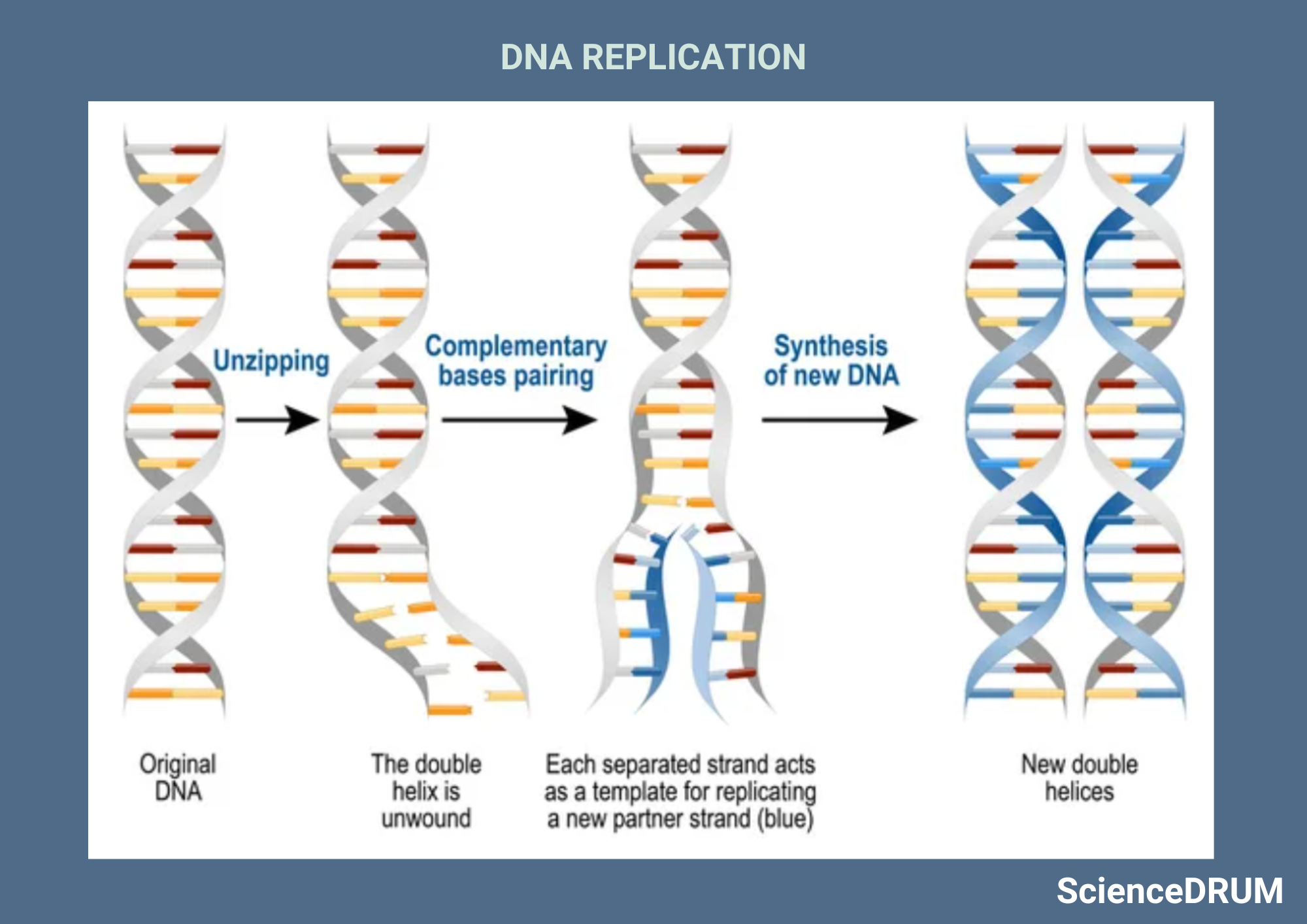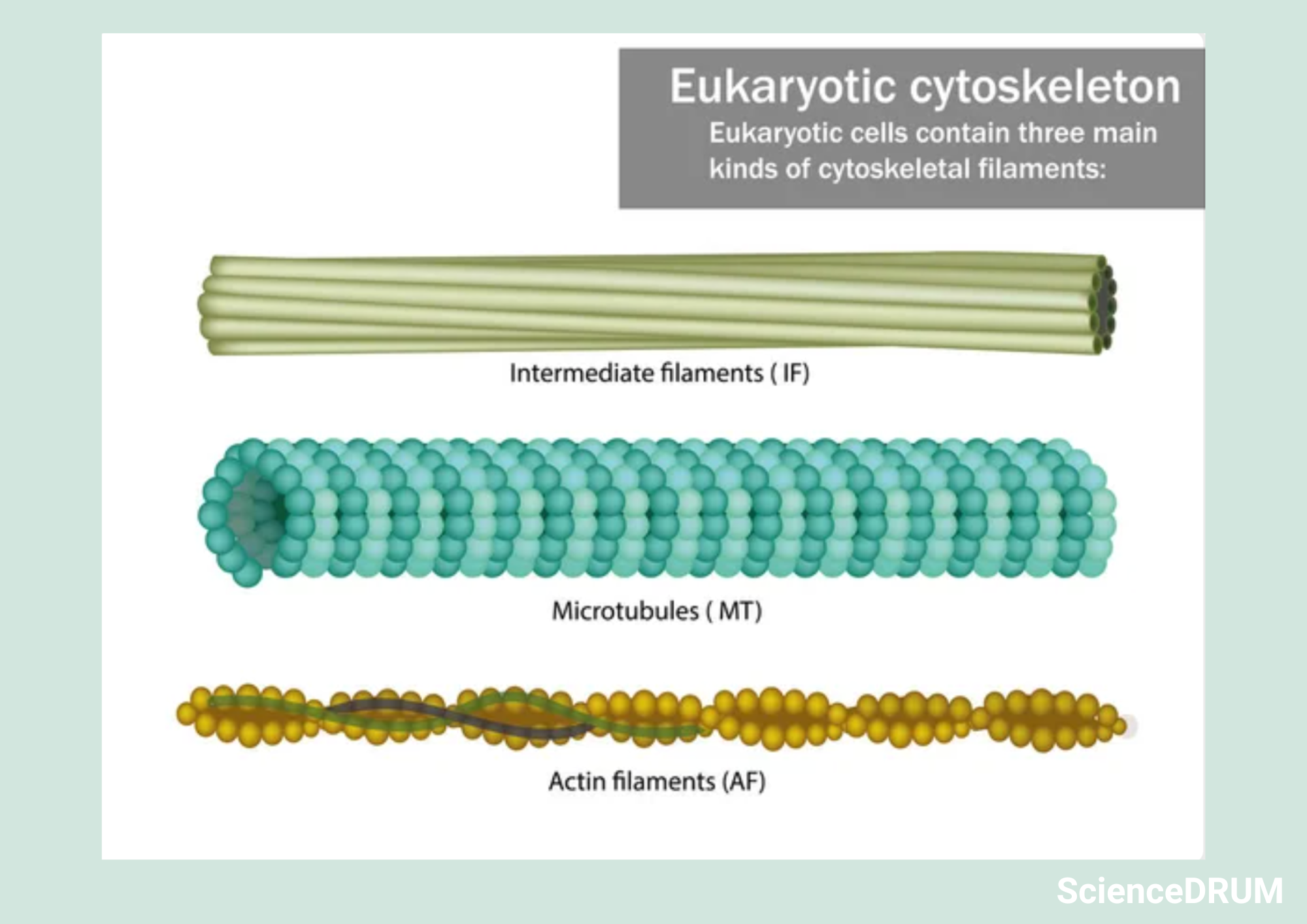
Prokaryotes undergo a type of cell division called binary fission, which involves the division of single cells into two identical daughter cells. One of the most vital aspects of binary fission is separation of copied chromosomes.
The separation of copied chromosomes is enabled by several structures within the cell:
- Cytoskeleton. The cytoskeleton organizes the replicated chromosomes and plays a vital role in moving chromosomes towards opposite poles of the cell.
- Proteins. Cell division proteins regulate the positioning of chromosomal DNA during cell division.{1}
- Topoisomerases. These are a group of enzymes that stimulate the unlinking of the replicated chromosomes and catalyze structural rearrangement. {2} {3}
This article explains all the structures that enable the separation of copied chromosomes during binary fission and their mechanisms.
- Binary Fission and Chromosome Separation
- What Enables the Copied Chromosomes to Separate During Binary Fission?
- The Role of Cytoskeleton in Chromosome Separation
- The Role of Chromosomal Par Segregation Proteins in Chromosome Separation
- The Role of Topoisomerases in Chromosome Separation
- The Role of Nucleoid Occlusion in Chromosome Separation
Binary Fission and Chromosome Separation
Binary fission is the process of cell division in prokaryotic cells where a single cell divides into two identical daughter cells.
Prokaryotes, being simple organisms, undergo a straightforward and quick process of cell division. Prokaryotes differ from eukaryotes in that they contain circular chromosomes. The circular chromosomes in prokaryotes are contained in the nucleoid.
The proteins that enable the close packing of chromosomes in prokaryotes are similar to the condensins and cohesins that work to make the chromosomes more compact in eukaryotes.
In prokaryotes, the chromosome is attached to the plasma membrane and replication begins at the site where the chromosomes are bound to the plasma membrane.
In prokaryotes, replication happens in both directions, moving away from the point where replication began on both loops at the same time.
As new double strands are synthesized, the replication moves from the first origin point where the chromosome is linked to the cell membrane, and as the cell elongates, it aids the transportation of the chromosome.
Once the chromosomes cross the midpoint of the now elongated cell, the cytoplasm begins to separate. Repeating protein units (called FtsZ) regulate the nucleoid partition and the collection of the other proteins and materials at the site of separation.
These proteins and new cell wall materials together create a septum between the nucleoids and extend from the periphery of the cell to its center. Once the new cell wall is completely built, the daughter cells separate.
What Enables the Copied Chromosomes to Separate During Binary Fission?

Binary fission, a form of asexual reproduction, is the process through which a single cell divides into two identical daughter cells. But before cell division can occur, the cell must duplicate its genetic material so that each daughter cell receives a complete set of chromosomes.
The separation of these copied chromosomes is a crucial step in binary fission, as it ensures that each daughter cell receives an identical and complete set of genetic material. Several factors enable the copied chromosomes to separate during binary fission.
- Proteins. Proteins organize and segregate the chromosomes and attach to the chromosomes at specific regions called centromeres, which allow the chromosomes to be pulled apart during cell division.
- DNA replication. This is another vital factor that enables chromosome separation during binary fission. DNA replication ensures that each chromosome is copied accurately and each daughter cell receives a complete set of genetic material.
- Topoisomerases. Topoisomerases are enzymes that untangle and unwind the DNA strands during DNA replication, which is essential for the proper separation of chromosomes during cell division. Without topoisomerases, the DNA strands could become tangled and prevent the chromosomes from being separated correctly.
- Cytoskeleton. The cytoskeleton is a network of protein fibers that maintain the shape and structure of cells. During cell division, the cytoskeleton positions the chromosomes and spindle apparatus, which is essential for the accurate separation of chromosomes. The cytoskeleton also helps to pull the chromosomes apart during cell division so that each daughter cell receives an identical and complete set of genetic material.
We look at the contributions of these factors in detail.
The Role of Cytoskeleton in Chromosome Separation

The cytoskeleton plays an important role in chromosome separation during binary fission. The cytoskeleton is a network of protein filaments that provide structural support for the cell.
During cell division, the cytoskeleton helps to organize and position the replicated chromosomes within the cell. The cytoskeleton also plays a role in the movement of the chromosomes towards opposite poles of the cell.
FtsZ is one of the most important cytoskeletal proteins that contributes towards binary fission. It forms a ring under the membrane at the center of the cell, which constricts to kickstart cell division.
In addition to FtsZ, several other membrane proteins are involved in chromosome separation during binary fission. These proteins are essential for the proper organization and segregation of the chromosomes during cell division. {4}
The Role of Chromosomal Par Segregation Proteins in Chromosome Separation
Chromosomal par segregation proteins are essential for chromosome separation during binary fission.
ParA and ParB are two examples of chromosomal par segregation proteins that are essential for the proper segregation of chromosomes during binary fission. {1}
The Role of Topoisomerases in Chromosome Separation
Topoisomerases contribute to the unwinding, replication, and rewinding of circular DNA. DNA gyrase, a type of topoisomerase, is vital in undoing the supercoiled circular DNA, while topoisomerase IV separates the interlinked daughter chromosomes after DNA replication. {5}
The Role of Nucleoid Occlusion in Chromosome Separation
Nucleoid occlusion is a mechanism that prevents cell division from occurring in regions of the cell where the chromosome has not yet been fully replicated. This mechanism ensures that the replicated chromosomes are properly segregated before the cell undergoes division.
Nucleoid occlusion is mediated by a protein called Noc and is essential for the proper segregation of chromosomes during binary fission. {6}
Sources:
1 – Frontiers in Microbiology: “Chromosome Segregation Proteins as Coordinators of Cell Cycle in Response to Environmental Conditions.”
2 – Biophysics and Computational Biology: “Single-molecule study of DNA unlinking by eukaryotic and prokaryotic type-II topoisomerases.”
3 – Reviews in Mutation Research: “Roles of DNA topoisomerases in chromosome segregation and mitosis.”
4 – Microbiology and Molecular Biology Reviews: “FtsZ in Bacterial Cytokinesis: Cytoskeleton and Force Generator All in One.”
5 – The Bacterial Chromosome and Nucleoid
6 – American Society for Microbiology: “Noc Corrals Migration of FtsZ Protofilaments during Cytokinesis in Bacillus subtilis.”